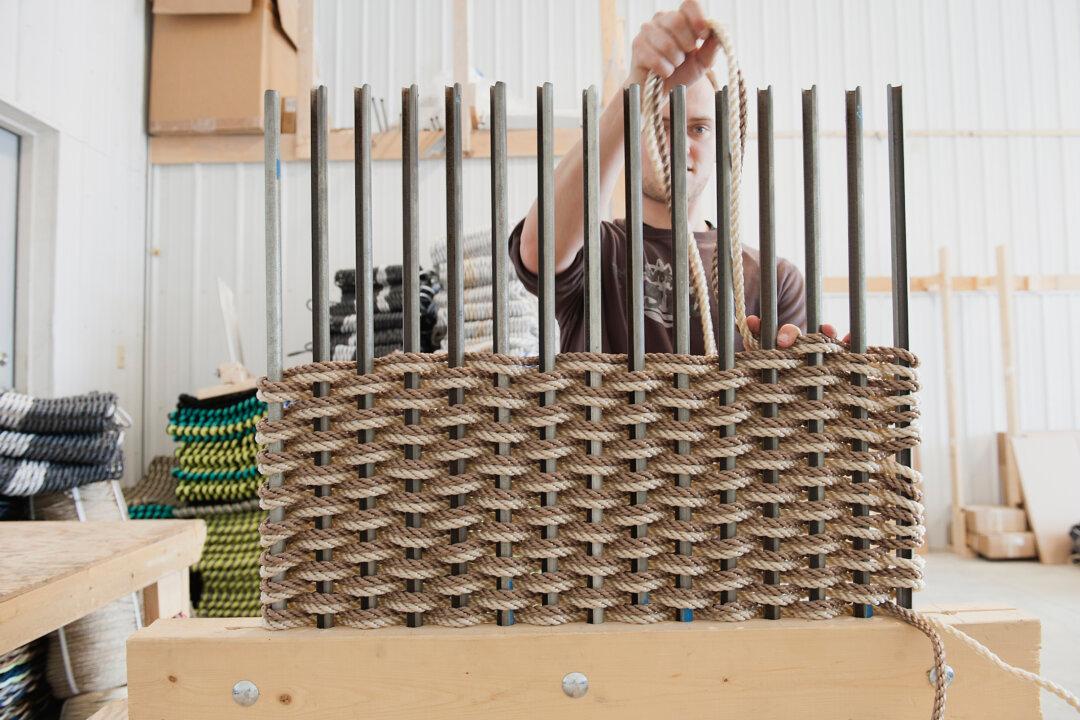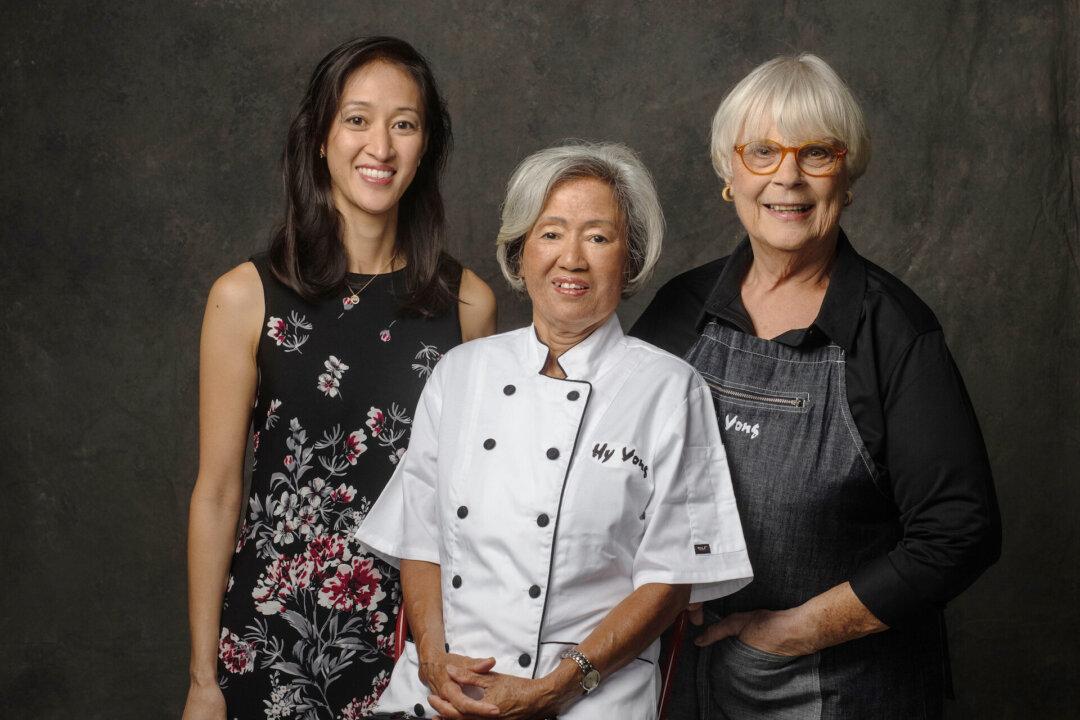Present an entrepreneurial spirit with the right opportunity, then step back and watch the magic happen: The ambitious among us are unable to resist the pull.
That’s certainly the case for Logan Rackliff, who founded and co-owns The Rope Co. in Warren, Maine, with his wife, Hannah. It’s also the case for his forefathers—a long line of entrepreneurs and seamen who paved the way for Rackliff to take the reins of “the family business” by carving his own path.





